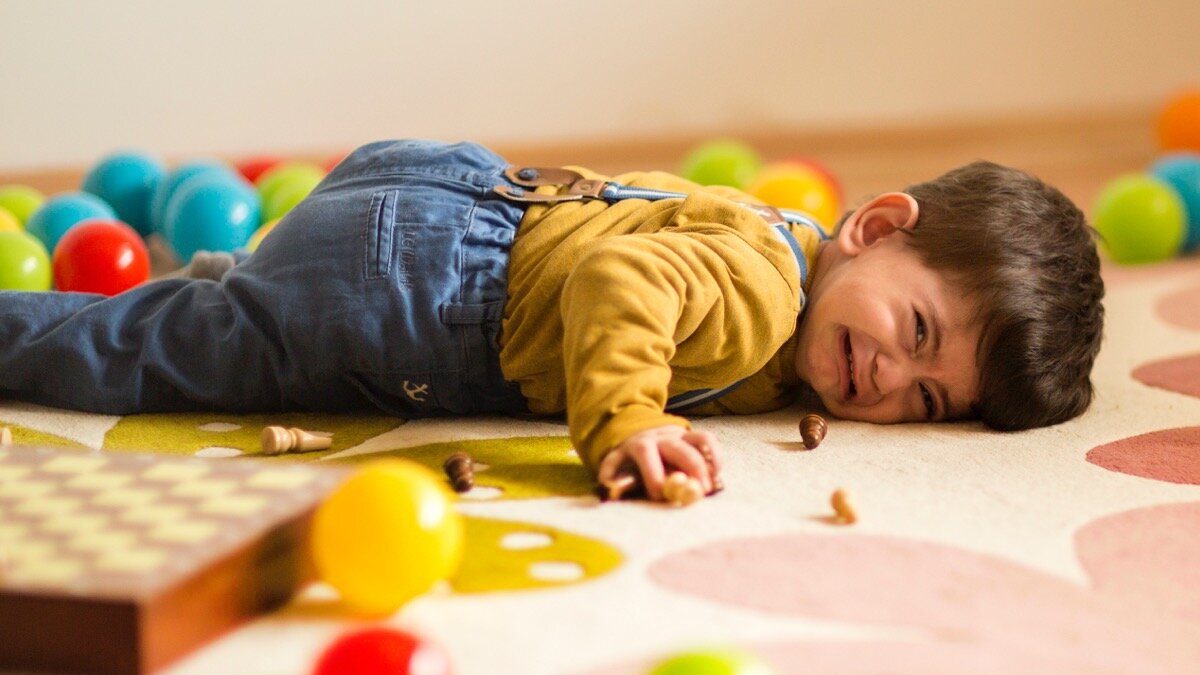Sibling squabbles are normal, very common and all a part of growing up. Even in our adult life we experience conflict. How children learn to navigate their sibling and family relationships provides them with the foundation on how to navigate conflict in their relationships through the various stages of development.
Often as parents we have thoughts of “why can’t they get along?”, “why does it have to be a competition”, “how can I get them to treat each other with more kindness.”
Sometimes we can see disagreements occur between our children because:
They view the same situation differently
Feelings of unfairness, let down or injustice surface.
Competition
Having to share
Attention
But there is an upside to sibling squabbles. As children learn to navigate squabbles with their siblings they are learning rich social skills – communication, empathy, negotiation, values, behaviours and problem solving (just to name a few) and we have the opportunity to support these skills.
Remember children aren’t born knowing how to handle disagreements and as their conflict resolution skills develop, we see a shift in their disagreements and it doesn’t last forever.
I want to take a moment to look at the differences in squabbles as our children walk through the various stages of development.
TODDLERS
I like to call the toddler stage “I do”, “No” and “Mine” stage. Toddlers have a new found independence as they are standing on their own two feet, walking, talking and feeding themselves. But at this stage toddlers pit fall is their social skills – turn taking, following rules and instructions. Have you noticed with your toddler that they are possessive over objects? Just move or take a toy and it is game on; as they scurry over to snatch back their toy and say “mine”.
Squabbles at this period of development center around objects, toys and they are easily frustrated, because they don’t have the ability to reason with other children nor communicate their emotions. So how do we see toddlers resolve conflict? Snatch, hit, bite, push or scream.
PRESCHOOLERS
If we survive toddler squabbles it gets easier as we approach the preschool age period where their language and ability to communicate is flourishing, they are learning social norms of turn taking and sharing. When we intervene in their squabbles, we can reason much better. The number one trigger that sets off preschoolers is fairness. A squabble may erupt when someone cheats, isn’t sharing or isn’t following the rules. Our preschoolers are going to need our support to problem solve situations they just don’t have the thinking capacity and have you noticed their impulsive tendencies. This is because their rational thinking is underdeveloped and their response to conflict is filtered through their emotional lenses. Hence, we can experience whinging responses and even those aggressive reactions.
PRIMARY SCHOOL AGED
In the early stages of primary school, we tend to see the competitive behaviours emerge. However, the positive is that children at this stage are really cementing their social skills with the added bonus of compromise is now present. Although fairness can still be an undercurrent of their squabbles. Children at this stage can better communicate how they feel, identify the problem and attempt to problem solve. They still require us as parents to guide them through as their emotional regulation skills are still developing so we can still see children push or hit their sibling out of anger or frustration.
The main standout difference between early primary and senior primary school aged children is the nature of their squabbles. when children reach senior primary school age (8-12 years), this stage we see fewer physical reactions to sibling squabbles and more verbal squabbles that include name calling and even swearing.
Our role can shift to a referee/ mediator as we teach children at this stage to hear each other out and talking about how the situation has left them feeling as well as understanding how their actions have impacted on their sibling. This is where we start to see empathy emerge.
We really want to help children at this stage and the teenage years to shift from finger pointing and more on taking ownership, being accountable and showing responsibility. This comes down to what we as parents role model, being aware of what emotional intensity we bring and the questions we ask our children such as “how did it leave you feeling?”, “what could you hear your brother say”, “what is your sister asking for?” We really want to get children at this stage to use ‘I’ statements as it takes away the accusations therefore leaving their sibling more open to the conversation for example: When (situation)…………. I felt/ feel……………. I would like……………
TEENAGERS
We tend to see a peak in sibling squabbles at the teenage years. At stage of development focuses on independence and identity formation. Squabbles can center around – perceived authority, equality, fairness, personal space, belonging and friends.
Add into the mix of this a whole bunch of hormones and let’s strap in for a bit of a bumpy ride. The best way I can summarize this period in terms of sibling conflicts is just be patient and kind with our teenagers. They are finding themselves again, its like they are at the toddler years, but just in bigger bodies exploring the world through a new set of glasses and how their identity relates to others. So, what they squabble about one day may not be an issue the next. They can resort back to communicating with their body language and non-verbal utterance.
So in a nutshell, sibling squabbles are all about learning to communicate, learning how to relate to others and learning to problem solve. By first understanding what happens developmentally for children can help us as parent alter our approach to meet their needs.
Stay tuned for some tips on addressing sibling squabbles in the next blog.









